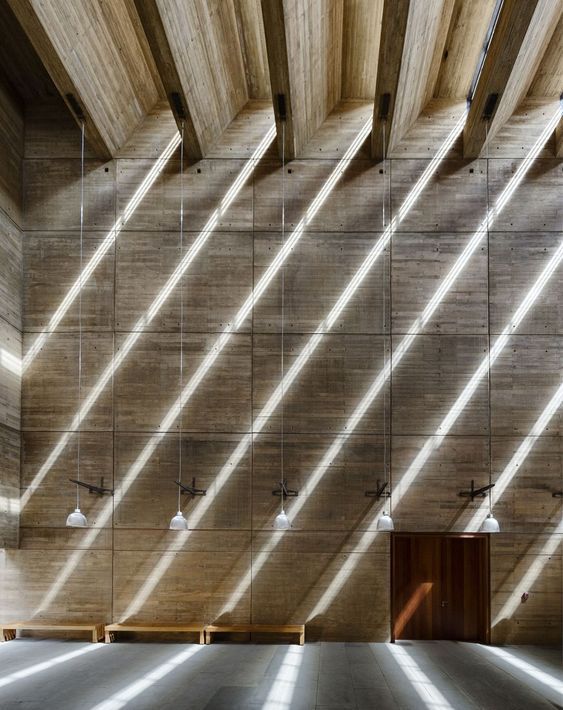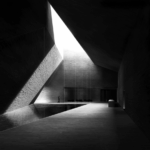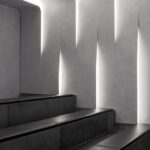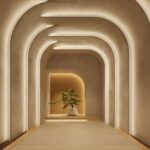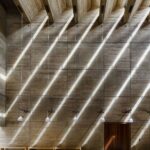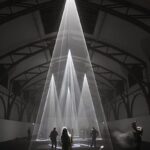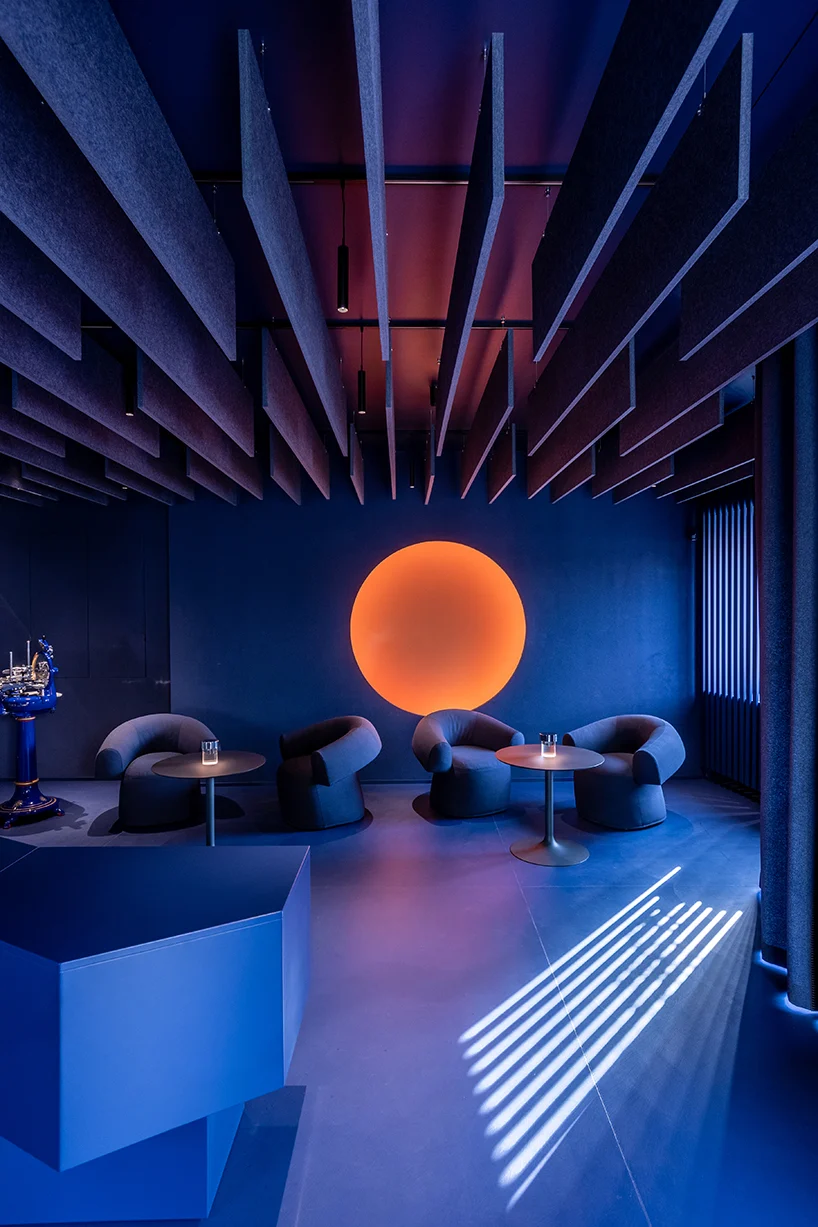
Light design is a crucial element in creating the ambiance and atmosphere of any space. It encompasses the strategic placement of light sources, selection of lighting fixtures, and control of light levels to enhance the functionality and aesthetics of a room. Proper light design can transform a space, making it feel more spacious, inviting, and comfortable. Different types of lighting, such as ambient, task, and accent lighting, can be used to highlight architectural features, artwork, or specific areas within a room. In addition to enhancing the overall design of a space, light design also plays a key role in promoting energy efficiency and sustainability. With the advancement of LED technology, designers have more flexibility in creating innovative lighting solutions that are not only visually appealing but also environmentally friendly. Overall, light design is an essential aspect of interior design that can greatly impact the look and feel of a space.
Lighting design plays a crucial role in shaping the atmosphere and mood of a space. Whether it’s a cozy living room, a chic restaurant, or a bustling office, the right lighting can enhance the overall look and feel of the environment. Designers use a variety of techniques to achieve the desired effect, such as layering different types of lighting, using dimmers to create ambiance, and incorporating smart lighting systems for convenience and energy efficiency.
One key aspect of light design is the concept of task lighting, which involves placing fixtures strategically to provide optimal illumination for specific activities. For instance, in an office setting, task lighting is essential for minimizing eye strain and improving productivity. In a kitchen, task lighting ensures that food preparation is safe and efficient. By carefully considering the placement and intensity of task lighting in a space, designers can greatly enhance its functionality and usability.
In addition to task lighting, ambient lighting is another important element of light design. This type of lighting creates a general, overall illumination that sets the mood of a space. Whether it’s soft, warm lighting for a relaxing bedroom or bright, white lighting for a modern office, ambient lighting helps to establish the desired atmosphere. Designers often use a combination of ambient, task, and accent lighting to create a balanced and visually appealing environment that meets the needs and preferences of the occupants. By carefully considering the various aspects of light design, designers can transform any space into a welcoming and functional area that is tailored to the specific requirements of its users.
 Decor ideas Style Starts Here
Decor ideas Style Starts Here
